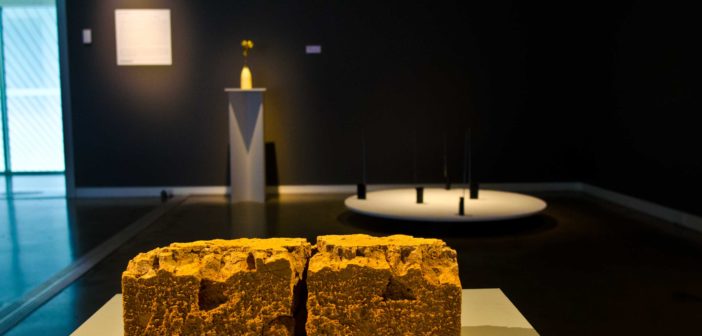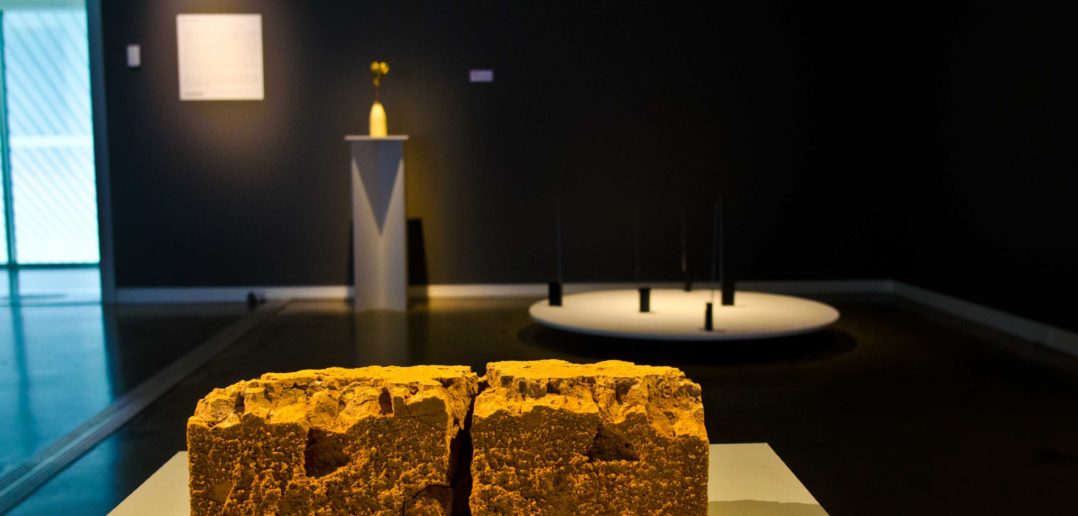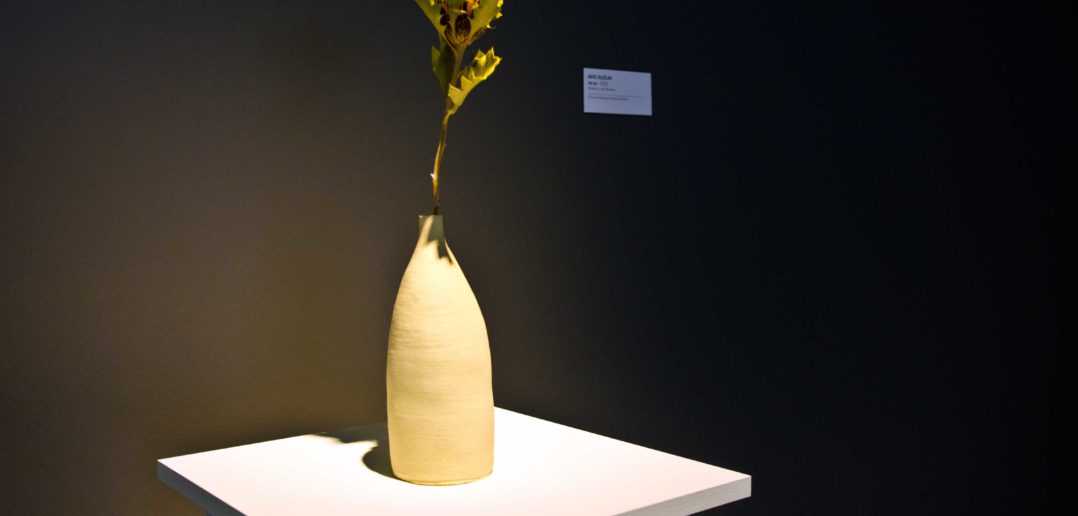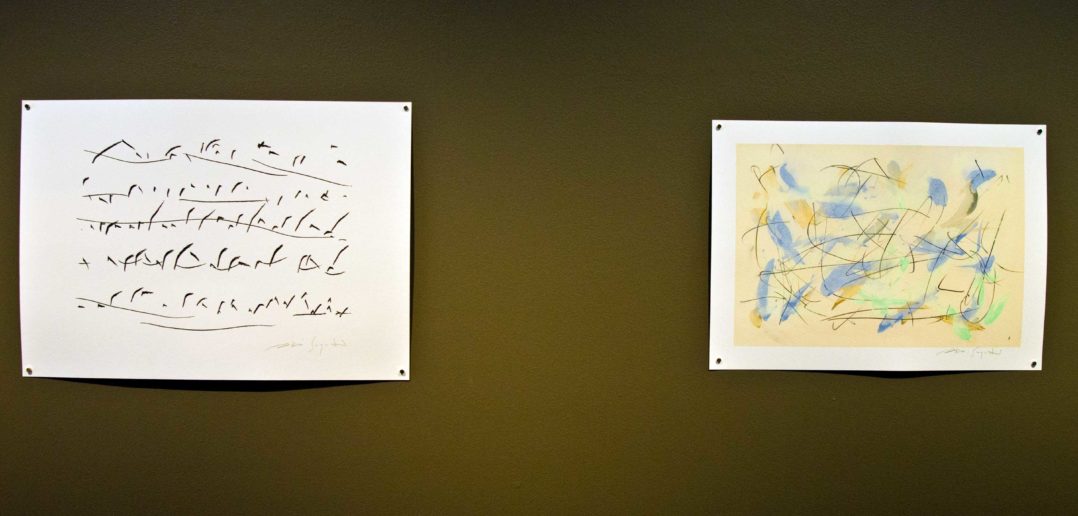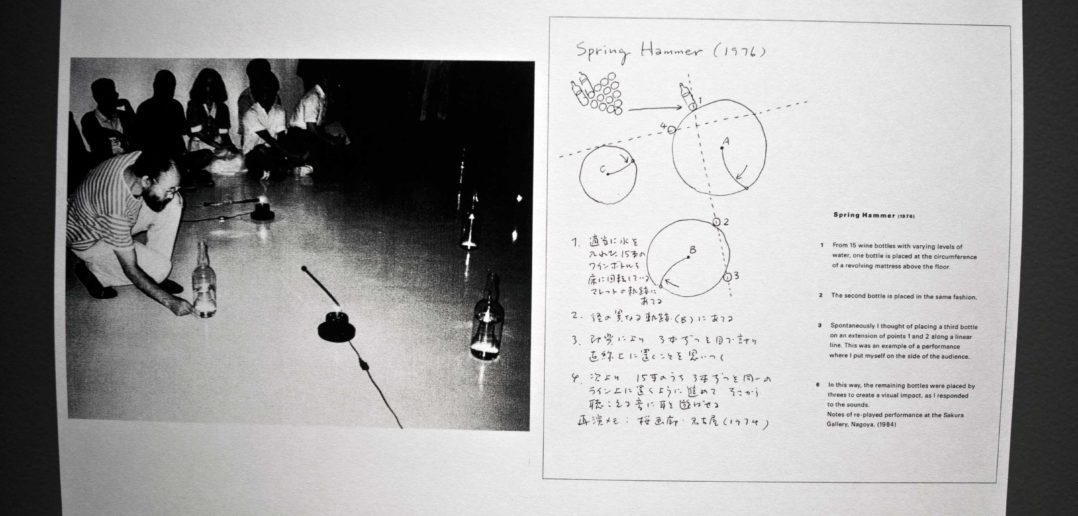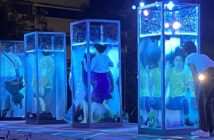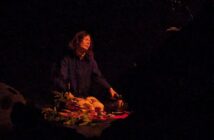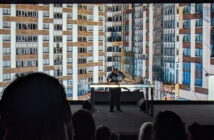There are many considerations for sound-based artists when they’re invited to exhibit in art galleries.
These spaces usually have a church-like atmosphere that seems based on the denial of senses other than sight.
There’s the ‘Do not touch’ instructions, an absence of scent and a disorienting reverb that makes the reverent silence of (most) visitors something of a small mercy to our ears.
So one expects that curating a retrospective exhibition for a sound artist known for being challenging must have been an interesting process for curator Lawrence English.
Anyone with an interest in field recording or the audible representation of landscapes would be familiar with English’s work, but it took a little while to place Akio Suzuki.
The introductory blurb noted Suzuki has been creating “aural situations” since 1963 that are “playfully irreverent and deeply meditative.”
His guiding principles are those of ‘throwing’ and ‘following’ – from his earliest work in which he literally threw objects down Nagoya railway station’s stairs (and was subsequently dragged away by staff) to sophisticated, extended sessions in which echoes, resonance and the accidental gather to produce profound soundscapes
Eventually there was recognition for the name, as memory of an interview in The Wire bounced into my consciousness.
That interview was memorable for stimulating thought about the opportunities to play with sound in a landscape and, looking back on it and the exhibition, the artefacts from Suzuki’s career came into focus.
A broken brick sat on a pedestal, presumably an instrument that was thrown to create a sound.
Maybe it was thrown into a train station back in the 1960s?
A wooden frame divided into compartments that might be the mould used to shape bricks was another item.
The plain-looking vase on a pedestal near the entrance with brittle, spiky leaves — could it be from Seto, “famous for its ceramics” near Komaki, where Suzuki is based in Japan?
Maybe it’s a reference to the “throwing” of clay to produce pottery?
One audible installation was in the gallery and it could have disappeared under the sound of the air-conditioning.
At first I was not sure if it was the sound of a motor, while the description stated the title “na mi” from 1997.
A handful of transistor radios sat on a rotating dais which, like a dumb waiter in a restaurant, turned to serve different tones of static from their untuned speakers.
The walls featured sparse and intriguing visual works, ranging from photographs to sketches to squiggly paintings.
This is where the process of representing the career of a sound artist in a space dominated by visual media comes into focus.
The sketches and photographs represented the sound of Suzuki’s creative practise in a record different to the medium in which the artist works.
In a world awash with recorded sound, the emptiness of looking at photographs from performances and detailed notes showing the activities is a surprising form of reflection.
An expectation that sound might continue to “echo” from that time is contrasted with the reality that one missed hearing that situation.
The paintings also seemed to reflect sound in their own way, a sense of how an environment smears and colours a noise source.
Given that retrospective exhibitions will often frame an artist’s career, it was poignant that the works of a sound artist would be so quiet.
There were techniques for people to recreate the artist’s greatest hits and also an invitation to take the ideas into one’s own landscape.
You can’t show a sound but you can hope to find an audience who will hear these works for themselves.
In hindsight I wish I’d taken a brick and thrown it around Lismore Railway Station after enjoying Suzuki’s show.
Jason Richardson visited Lismore at the invitation of RealArtWork with support from Western Riverina Arts and Create NSW, through funding from the NSW Government.

